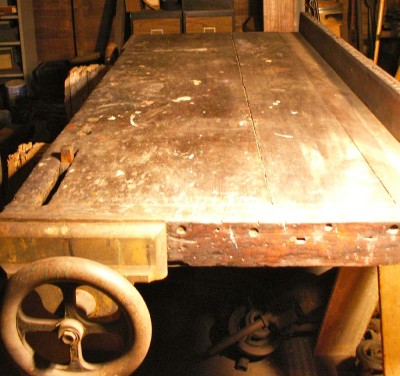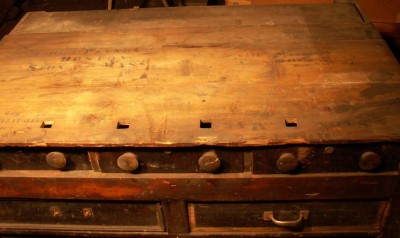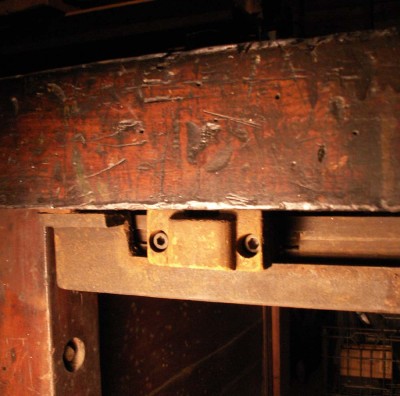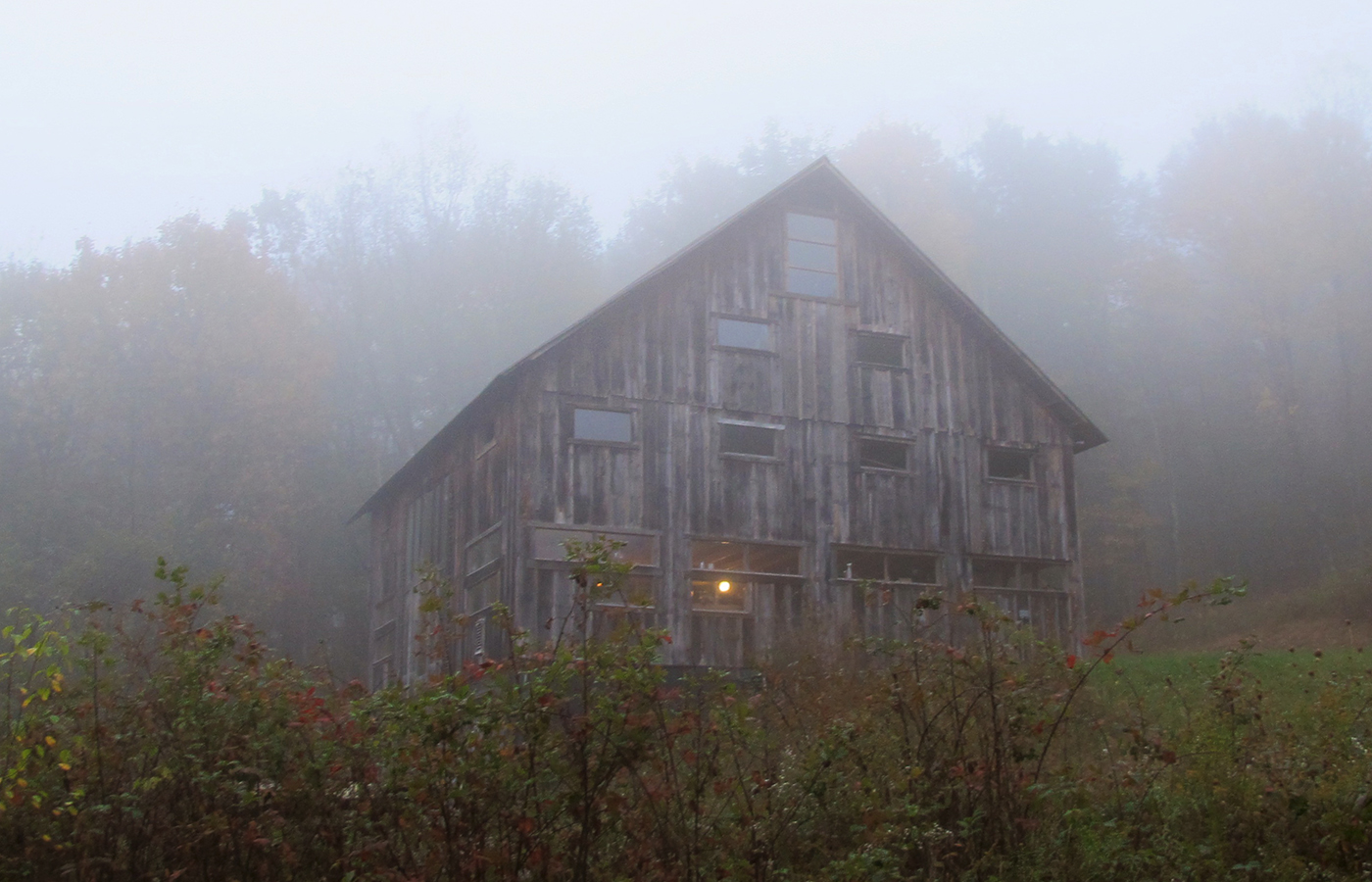A Studley-Connected Piano Maker’s Workbench
One of my not-so-secret desires about the aftermath of releasing Virtuoso: The Tool Cabinet and Workbench of Henry O. Studley was that voids in my research could be alleviated, and that people who had more knowledge than I would contact me to push back my frontiers of ignorance. Well, I am delighted to say that it has begun! It’s just a trickle so far, but I will recount the developments as they occur.
Recently I was contacted by renowned tool maker Ray Larsen, author of the much-ought-after Toolmaking for Woodworkers (I’ve had mine since it was first published), with images and the tale of his piano-maker’s workbench, complete with two of the wheel-handled vises.
In reviewing the known history of the bench, the odds are pretty good that this bench has a Two Degree of Separation connection to Henry O. Studley himself!
Here is Ray’s fascinating account [edited lightly for clarity].
I purchased the bench in question about 25 years ago from an antiques dealer in Hingham, MA, not far from Quincy. She had gotten it when she cleaned out a house in Quincy where the bench had been stored for many years in either a cellar or a garage… The bench is in the same form as the benches in your book.
It has a heavy, hardwood top with two large hand-wheel operated vices.
This top sits on a 9-drawer base similar to the base of the Mack Gavitt bench in your book. There is no kneehole. The bench was used hard —and it shows it. It also suffered further indignities while in storage; there are one or two paint spills on the top surface and some of the moulding around the drawers is missing, as are some of the original drawer pulls. It is, however, totally original.
An interesting aspect of the bench is the fact that the top surface of its base is made up of planks taken from piano shipping crates.
These planks have several piano company addresses painted on them, including that of the Poole Piano Company where Brother Studley worked. Another unusual feature is a 4-inch-high vertical tool rack or holder mounted along the back of the top.
And,
Have been able to track down more info on the piano bench. It was owned and used by Charles A. Ross of Quincy. I got the name from a guy (now 90 years old) who lived across the street from him many years ago. The September 16, 1922 edition of THE MUSIC TRADES provides more info, reporting that Ross was resigning as sales manager of the A. J. Jackson & Co.’s piano warerooms in Boston to establish his own warerooms in Boston under the name Charles Ross & Co. The article goes on to say: “Mr. Ross has had a thorough schooling in the piano craft. For fourteen years he was employed by local factories and after several years at the Vose and Poole companies he entered the retrial sales branch.”
Turns out Ross was a big cheese in Quincy, having spent many years in politics including a stint as Quincy’s mayor.
The time frame and context are fascinating, perhaps even downright seductive to us Studleyophiles. Given that Ross was actually in the piano making trades during the long career of Studley including his 1898-1918 tenure at Poole, and given that there is a solid connection to the Poole Piano Company, the possibility exists – and seems probable to me – that this workbench was originally owned and used by one of Henry Studley’s action mechanics at Poole.
And how cool is that?










Join the Conversation!